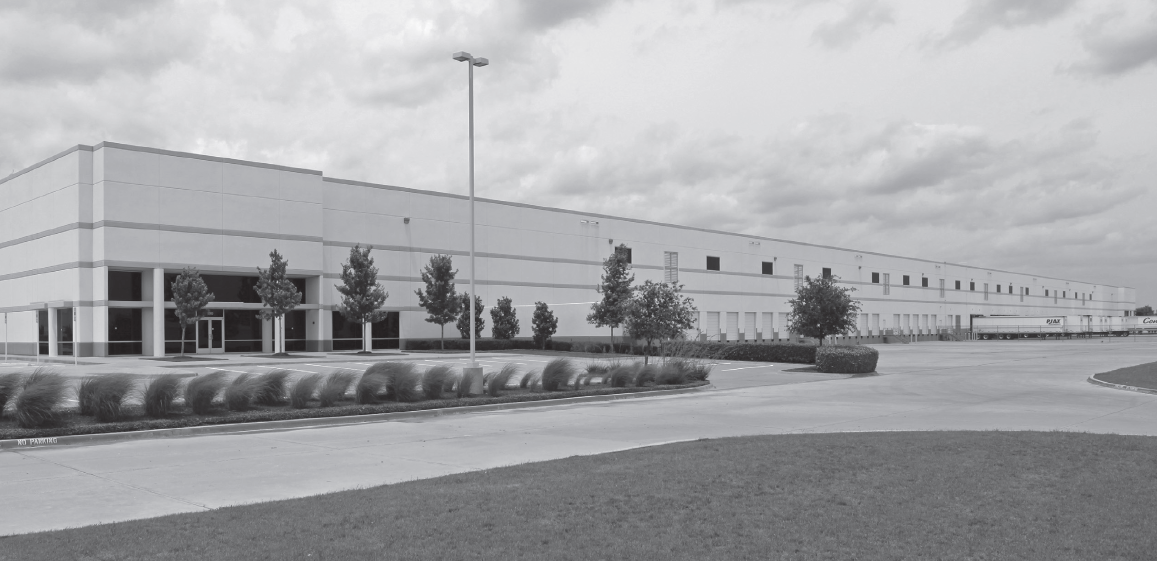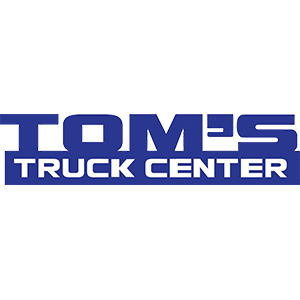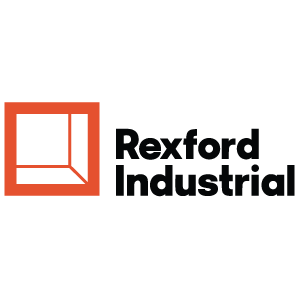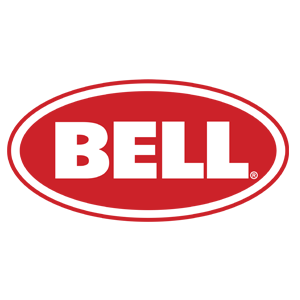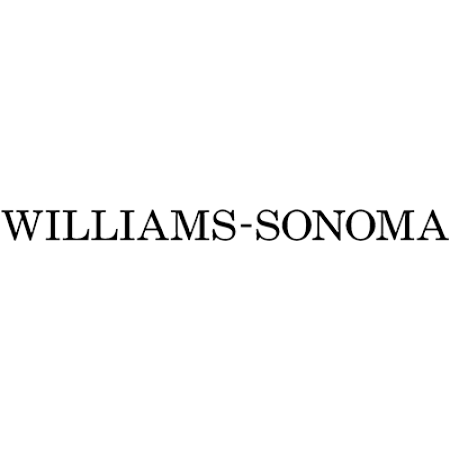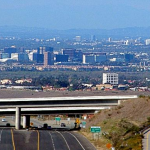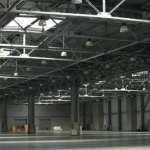The current state of the industrial property market in the US is positive overall. Gross and Net Absorption have
been trending up for more than two years in primary and secondary markets across the country. Vacancy has
decreased accordingly, falling to 7.8% by the end of the 2nd Quarter of 2014, compared to 9.4% in the same
period in 2012. In the aggregate, the market is more balanced as landlords are pushing for higher rates and
fewer concessions, while tenants are still able to secure new leases at terms below the peak of the market in
2007.
Development is back in play, but concentrated in just a handful of markets that have a ready supply of land
that can be acquired at a price in line with achievable rents. New construction is lagging in markets nearing
full build-out, as high land prices driven by scarcity are hindering local developers. A push by some cities to
redevelop older industrial areas to more intense uses like retail and multi-family, is also inhibiting industrial
inventory growth. The result in some markets is spot shortages of quality property, forcing tenants to either
work around elements of functional obsolescence or wait for a more time consuming build-to-suit alternative.
Demand from tenants and current owner/users to purchase industrial product has created hot spots of sale
activity throughout the country, as savvy users scramble to control occupancy cost by taking advantage of fixed
rate, long term financing offered through the Small Business Administration. This demand has driven vacancy
to critical lows in markets across the country, most notably in Southern California. What little product being
developed there to meet this demand is snapped up immediately and at prices approaching pre-recession
levels.

